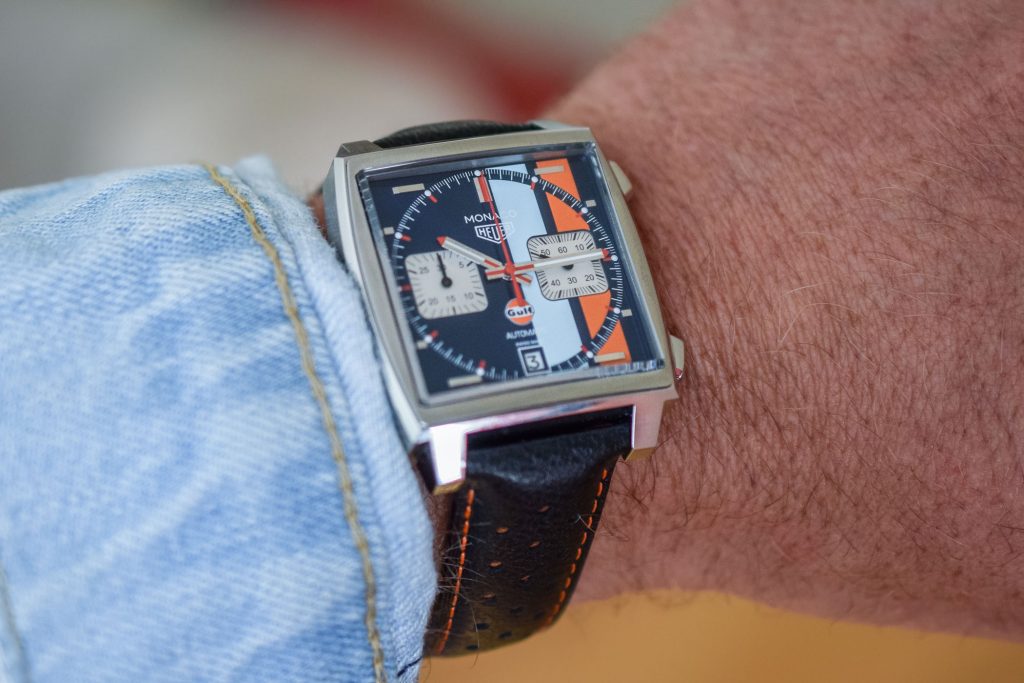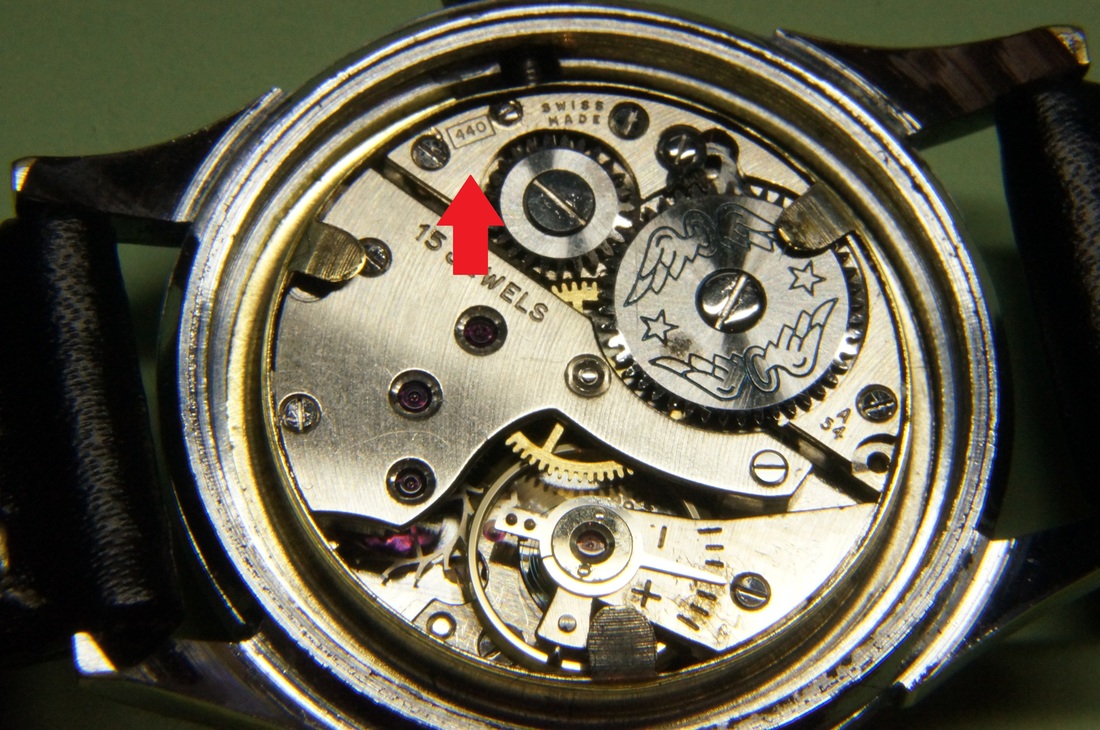
For those who like vintage-inspired timepieces, "Heuer" released a slew of new models in recent years that will satisfy for those who like their envelope pushed, "TAG" offers a robust catalog of decidedly modern watches. This bifurcation between forward- and backward-looking watches isn’t unique to TAG Heuer, but it does seem pronounced with this brand. But TAG Heuer also pushed their legacy to the fore with retro-styled mechanical models and tasty reissues.

Then in 1999, LVMH bought TAG Heuer, pumped in enough capital to revive the brand’s ubiquity, and by the 2010s was pushing “connected” TAG Heuer watches intended to compete with the Apple Watch. But most of TAG Heuer’s offerings during the 1990s tended toward the trends, with increasingly larger timepieces for men and relatively dainty models for women. Men and women both strapped on sporty two-tone TAG Heuers, popped the collars on their Lacoste shirts, tied cable knit sweaters around their necks, and sparked up Marlboro Lights in unruly Porsche 911s.Īs grunge and (at least the veneer of) financial humility came into vogue during the 1990s, those 1980s associations haunted TAG Heuer enough that the brand began to drop TAG from some of its retro-styled watches, initiating what remains today a coveted section of their catalog that harkens back to the 1950s, 60s, and 70s. For those of us who remember the Regan Era, TAG Heuer - which sponsored sailing, golf, tennis, and, of course, auto racing - became as much a status symbol as Rolex among well-heeled preppies who grew increasingly unabashed of displaying their wealth. TAG was added to the name in 1985 when the holding company Techniques d’Avant Garde acquired the brand. Heuer, like so many other Swiss watchmakers, struggled through the Quartz Crisis of the 1970s, resulting in a situation dire enough that the company went up for sale. McQueen’s 1971 film, LeMans, endowed Heuer’s racing pedigree with a dose of Hollywood’s ineffable mystique. When Steve McQueen sported a square Heuer Monaco during his all-too-short racing career, both man and watch were immortalized in photographs that have become enduring templates for men’s fashion. Specifically, Heuer Autavia and Carrera chronographs were de rigueur among drivers.

Then, in 1914, Heuer offered their first wrist-worn chronograph.īy the 1960s, Heuer watches were so thoroughly enmeshed with auto racing that it’s hard to find a photograph of Formula 1, Indy, or GT racing from that era in which their logo isn’t visible. However, Heuer was most famous for making chronographs, starting with dashboard clocks used in both cars and planes.

Soon after, he was patenting unique mechanisms, some of which still operate in many mechanical wristwatches today. In 1860, long before Techniques d’Avant-Garde (TAG) purchased a majority stake in the company (which was subsequently gobbled up by the LVMH Group), Edouard Heuer set up his eponymous watch manufacturing company in La Chaux-de-Fonds, Switzerland. It's a brand with a history worth exploring and a modern collection worth dissecting - whether you're a collector or in the market for a first "nice" watch. With strong motorsport associations and a number of bonafide icons, TAG Heuer is especially known for chronographs, and it's a giant in the watchmaking world.

Many longtime watch collectors will tell you that their first "nice" watch was "a TAG" - or that their first watch obsession was a vintage Heuer.
#CALIBRE MEANING IN WATCHES SERIES#
Welcome to Brand Breakdown, a series of comprehensive yet easy-to-digest guides to your favorite companies, with insights and information you won’t find on the average About page.


 0 kommentar(er)
0 kommentar(er)
